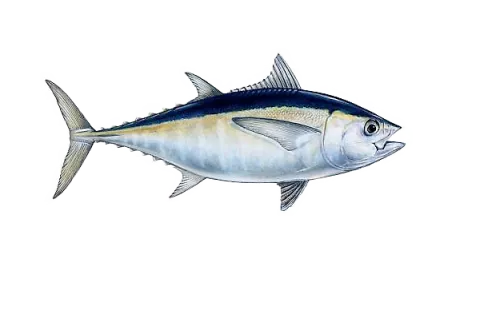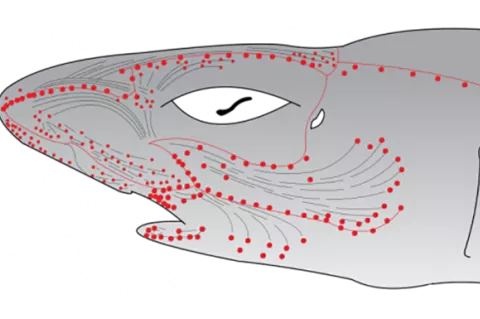Japanese Tuna Scandal Deepens
In what Australian officials called an outrageous fraud, Japanese fishers probably used a series of disguises for the overcatch and international investigations have found.
The fishers described southern bluefin tuna as a different species and evaded any inspection on shore, underreported the amount of the fish they caught, and imported it as different tuna either transhipped at sea from foreign vessels or in containers. In a review that the Japanese government has vetoed from public release, investigators found the fraud extended to consumer markets.
- Read more about Japanese Tuna Scandal Deepens
- Log in to post comments





